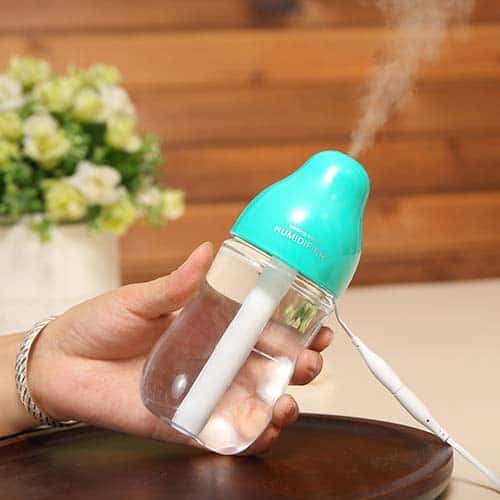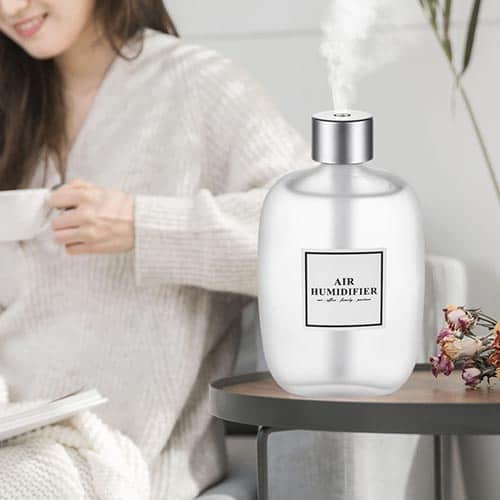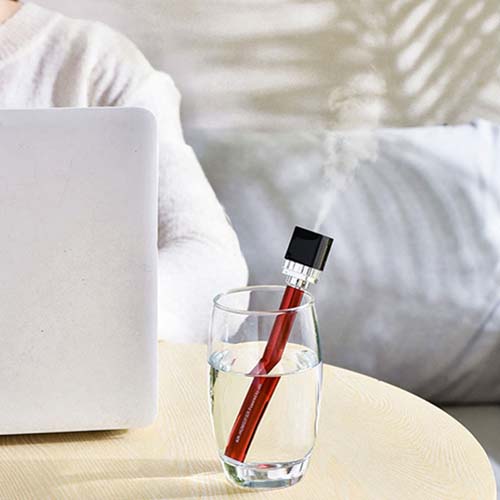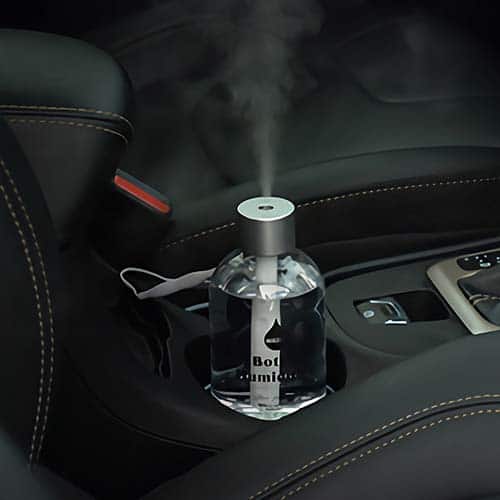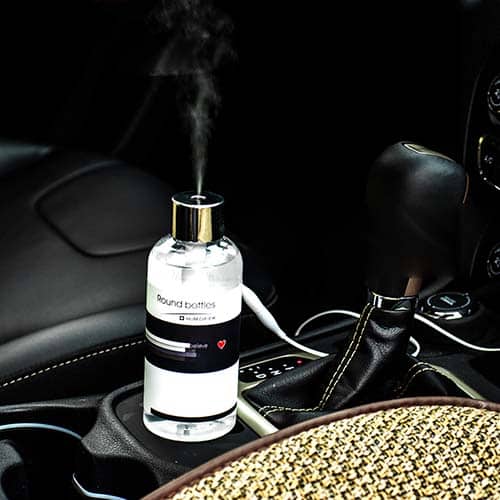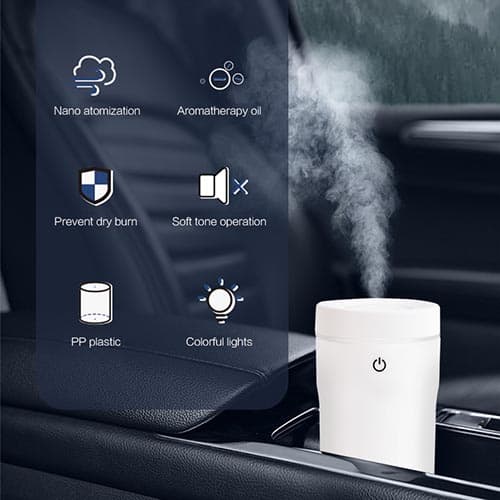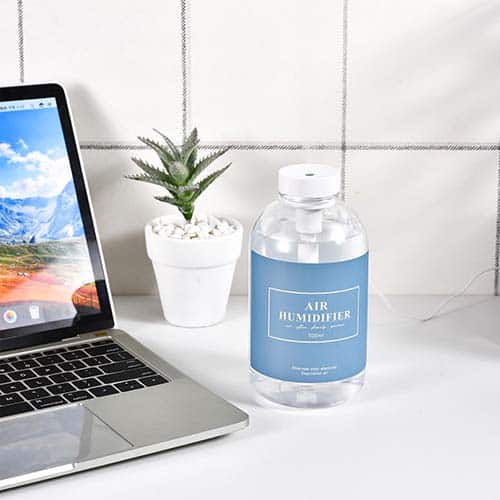Humidifiers can reduce the spread of germs, prevent dry skin, relieve allergy and asthma symptoms, loosen congestion, and alleviate snoring.
To gain these humidifier benefits, it’s important to clean your device every 3 days and keep track of humidity levels so they stay between 30% and 50%.
Humidifiers are devices that boost the level of moisture — or humidity — in the air by releasing water vapor or steam.
The natural humidity level in the air varies by weather: typically, in the Northern Hemisphere, winter air is dryer and summer air is moister. Higher humidity has many health benefits, from keeping skin healthy to reducing symptoms of asthma and allergies.
Humidifiers can be a great way to increase humidity, especially during dryer seasons. Here are some health benefits of humidifiers:
1. Reduces the spread of germs
Humidifiers can help prevent you from getting sick by adding moisture to the air. In particular, research has found that humidifiers can help protect against the flu.
A 2013 study found that if indoor humidity levels are less than 23%, influenza’s infectivity rate — or its ability to infect others via respiratory air droplets — is between 70% and 77%. If indoor humidity is kept above 43%, the infectivity rate is much lower, between 14% and 22%.
This is because the influenza virus survives better in drier conditions. A 2010 study evaluated the impact of a humidifier during winter months and found that a portable humidifier decreased influenza virus survival by 17.5% to 31.6%.
2. Prevents dry skin
Dry air pulls moisture from the skin, making it feel itchy and irritated. Humidifiers can counter this effect by increasing moisture in the air to help avoid discomfort and get your skin glowing again.
For example, a small 2008 study in a Japanese hospital found that using a humidifier in winter boosted humidity from 32.8% to 43.9% and relieved dry and itchy skin symptoms among staff.
3. Relieves asthma and allergy symptoms
Humidifiers can help with allergy and asthma symptoms by soothing tissues in the nose and throat.
This can help relieve symptoms like:
A dry and itchy throat
Runny nose
Coughing
Nose bleeds
Sinus congestion
However, too much humidity can cause dust mites and mold to spread. Therefore, people with these indoor allergies should clean their humidifiers regularly and monitor humidity levels so they don’t exceed 50%.
4. May loosen congestion
Humidifiers can also loosen congestion by moistening the nasal passage. When you get sick, the cells lining your respiratory tract generate more mucus. When the mucus dries, it can become “sticky” — which makes it hard to blow or cough.
Increasing air moisture can make it easier for you to expel the mucus when coughing or blowing your nose, by preventing it from drying.
Humidifiers are often added to continuous positive airway pressure treatment (CPAP) machines used on sleep apnea patients. That’s because CPAP blows dry air up your nose, which can increase congestion. A small 2010 study found that using heated humidification on sleep apnea patients receiving CPAP treatment helped reduce symptoms of a stuffy nose.
5. Alleviates snoring
Humidifiers can also reduce snoring from nasal congestion by helping loosen mucus blocking your airway. In general, the more open your airways, the less snoring. Snoring is common among people with sleep apnea. Being a man, being overweight, having nasal problems, and drinking alcohol can also increase your risk of snoring.
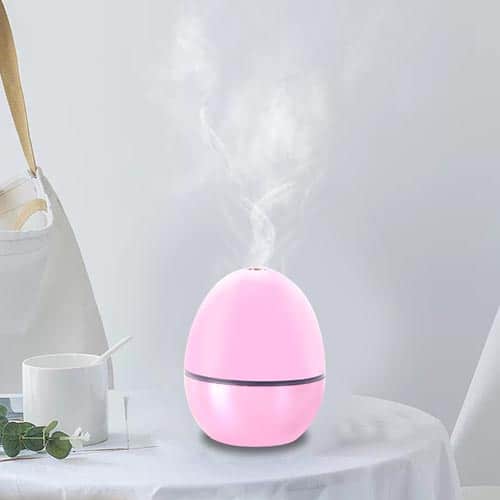
How to clean your humidifier
While humidifiers can have many health benefits, it’s necessary to clean them properly. A dirty humidifier is a breeding ground for bacteria and mold, which can cause asthma and allergy flare-ups, flu-like symptoms, and even lung infections.
It’s important to clean your humidifier every three days. Here’s how to do it:
Use distilled water: Tap water contains minerals that can cause unhealthy bacterial growth inside a humidifier. Distilled water contains fewer minerals and is the best choice for your humidifier.
Change your humidifier water: Empty your humidifier tank and try to replace the water at least once a day.
Use hydrogen peroxide: Clean your humidifier with 3% hydrogen peroxide to remove minerals from the tank. Make sure to rinse the tank after cleaning so chemicals don’t disperse into the air.
Replace the humidifier filter: Make sure to replace your humidifier’s filter (if it has one) as often as recommended by the manufacturer, or more frequently if dirty.
Clean and drain your humidifier before storing it: Make sure to empty and clean your humidifier before stashing it away for the summer.
Make sure to keep track of humidity levels
Overall, the Environmental Protection Agency (EPA) recommends keeping the humidity levels in your home between 30% and 50%. Too much humidity can produce condensation that causes bacteria and mold, leading to respiratory problems and triggering allergy or asthma symptoms.
You can check the humidity level by using a hygrometer, which measures the moisture in the air. Often, these are built into humidifiers and look like thermometers.
Takeaways
Humidifiers can prevent sickness during drier winter seasons by reducing the spread of influenza. They can also help moisturize skin, assist with allergy and asthma symptoms, relieve congestion, and reduce snoring.
However, if your humidifier is not maintained properly, it can accumulate bacteria that can worsen allergy symptoms or cause sickness or infections. Therefore, make sure to clean your humidifier properly and monitor humidity levels to achieve these health benefits.
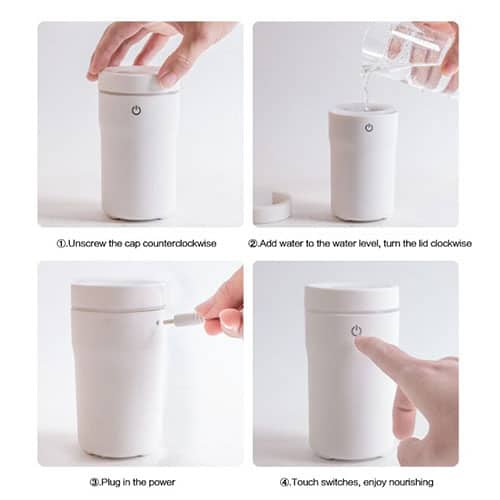
Steps to use a humidifier
The above are 5 benefits of using a humidifier in our daily life. And we also show you how to use it in the right way. If you would like to find out more about our humidifiers, please feel free to leave a message online, chat with our team on WhatsApp +86 170 5109 5790 or send us an email at sales@kelylands.com. We always welcome your inquiries.

